Nan Goldin Goes Supreme
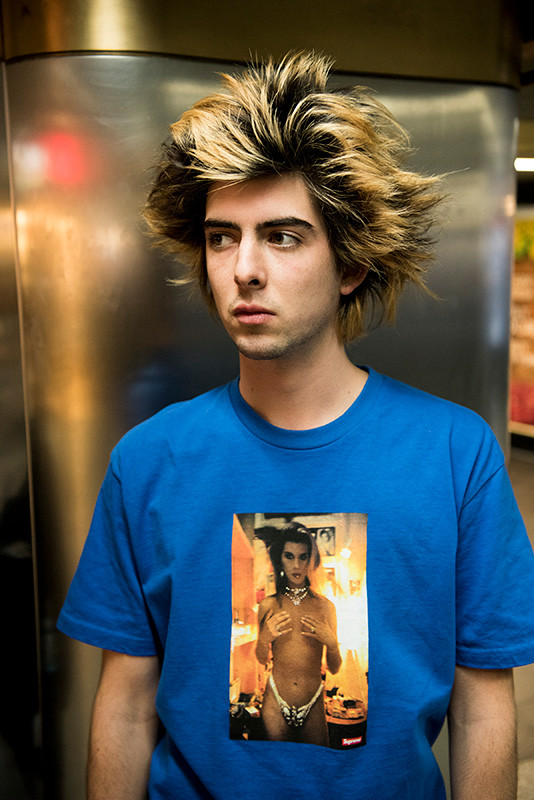
Check it out now, and then go buy your camping supplies before it drops on Thursday March 29th.
Images courtesy of Supreme
Stay informed on our latest news!

Check it out now, and then go buy your camping supplies before it drops on Thursday March 29th.
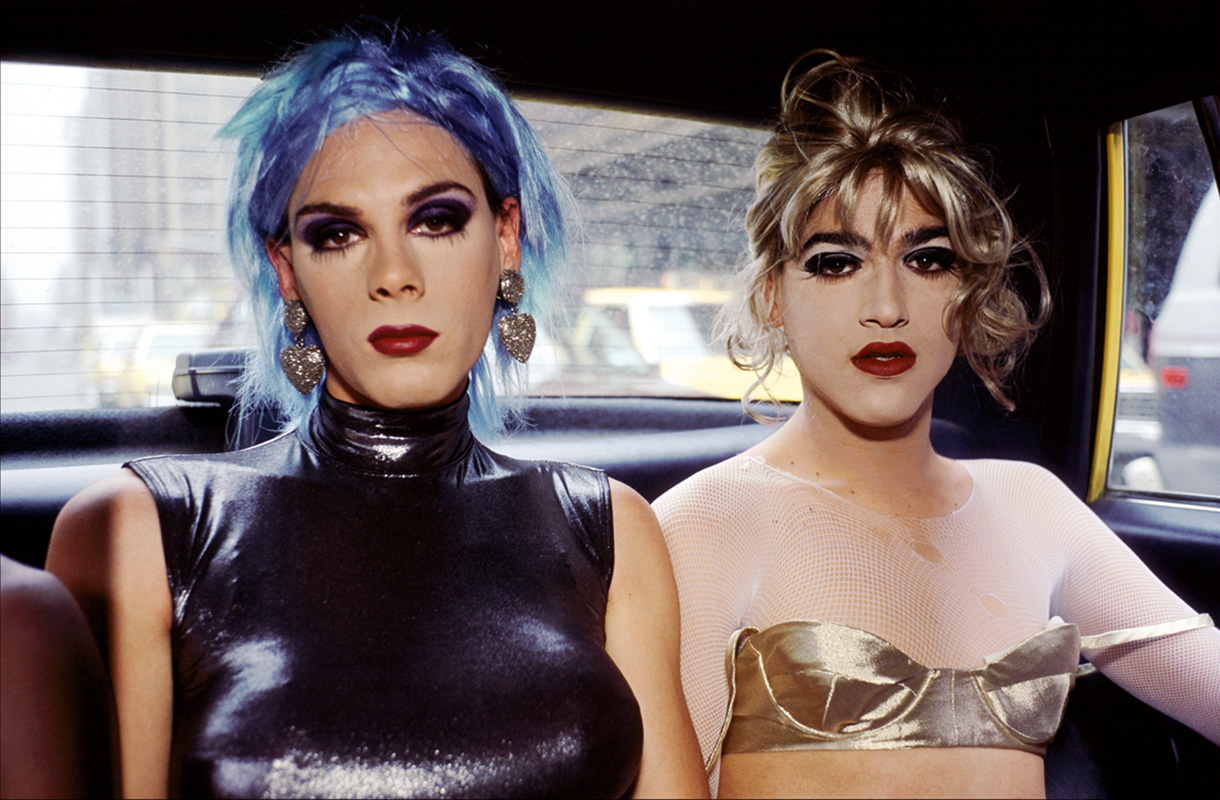
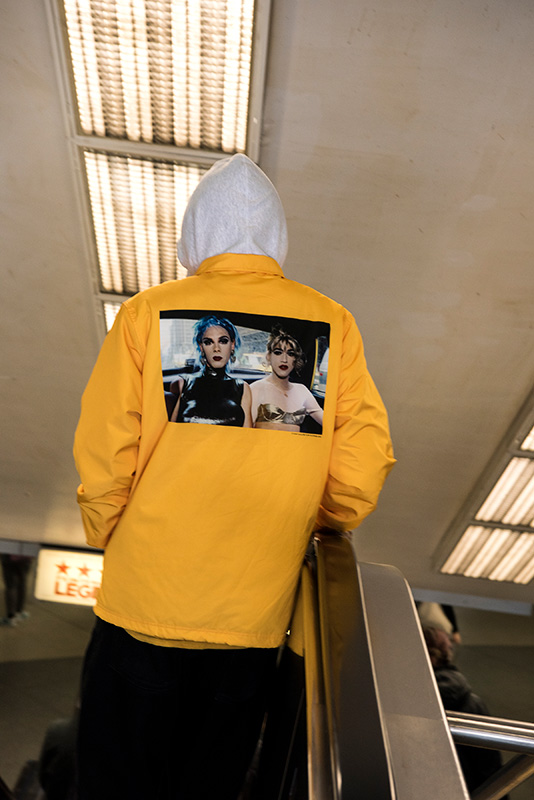

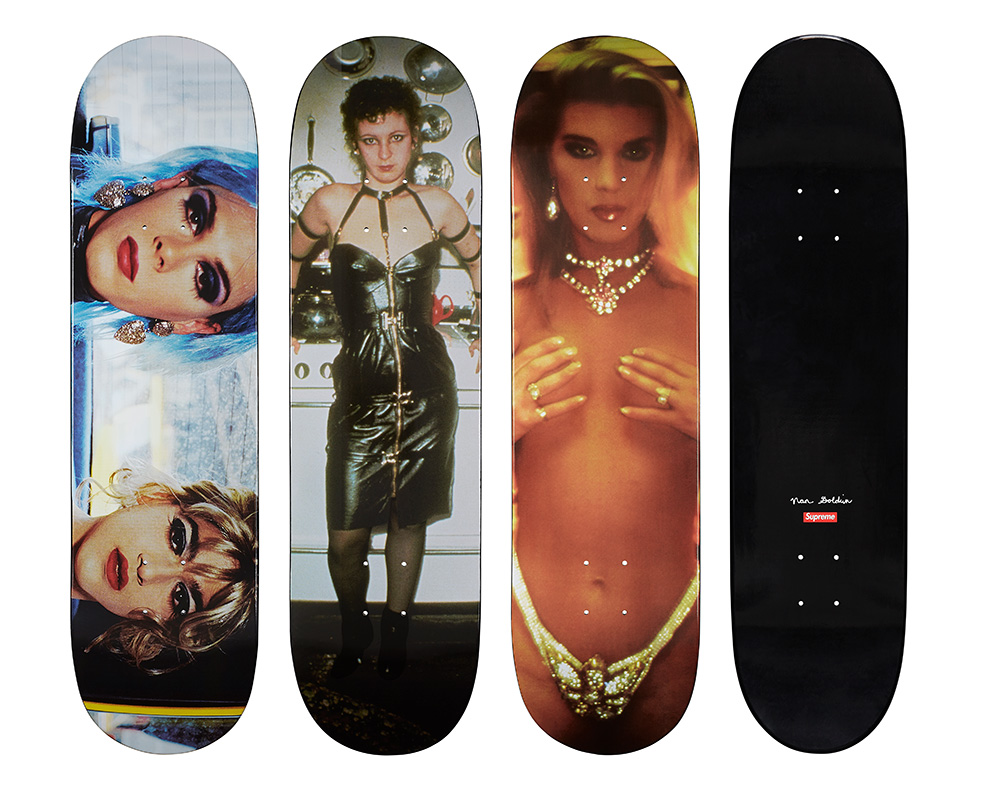
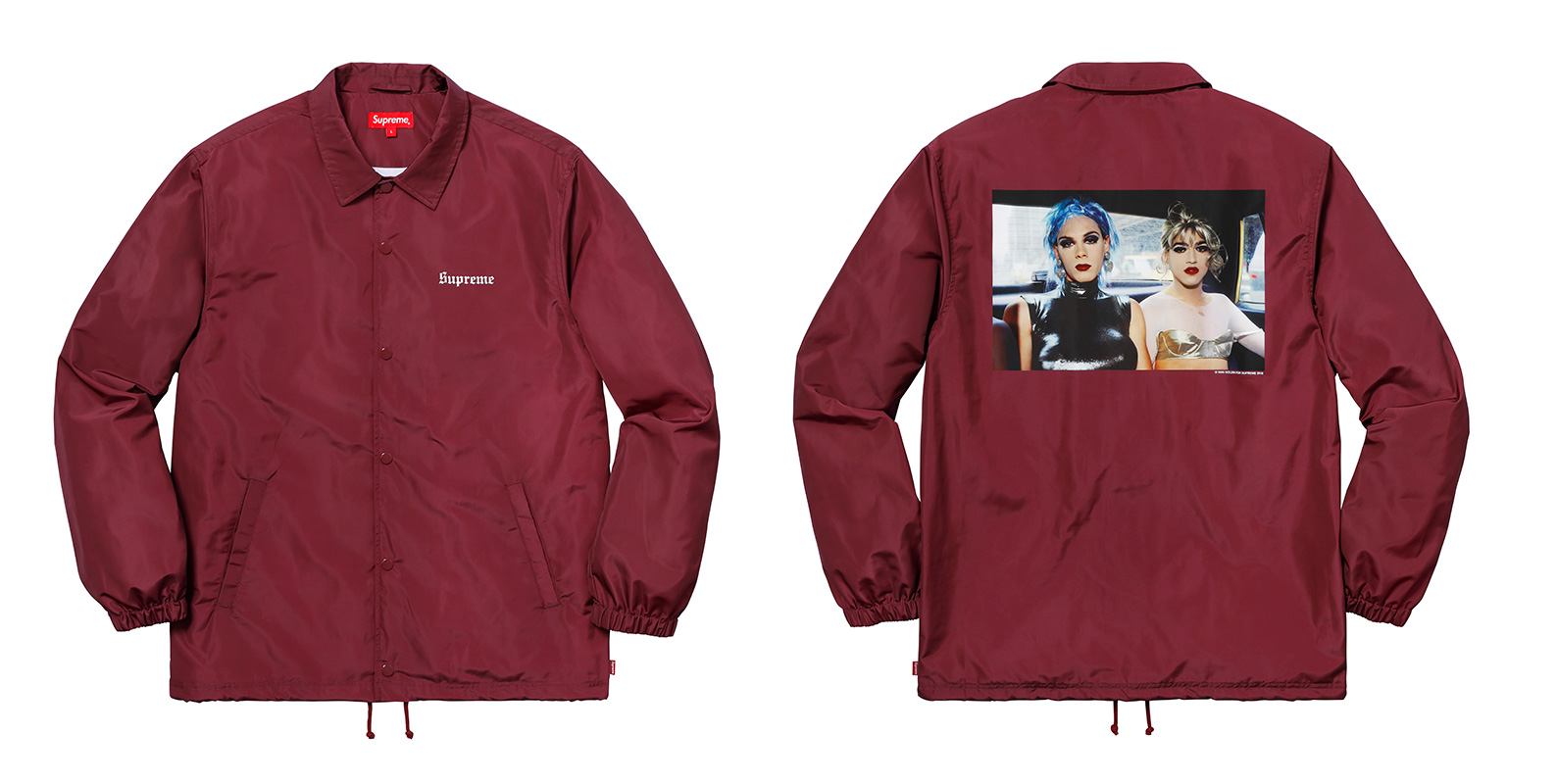
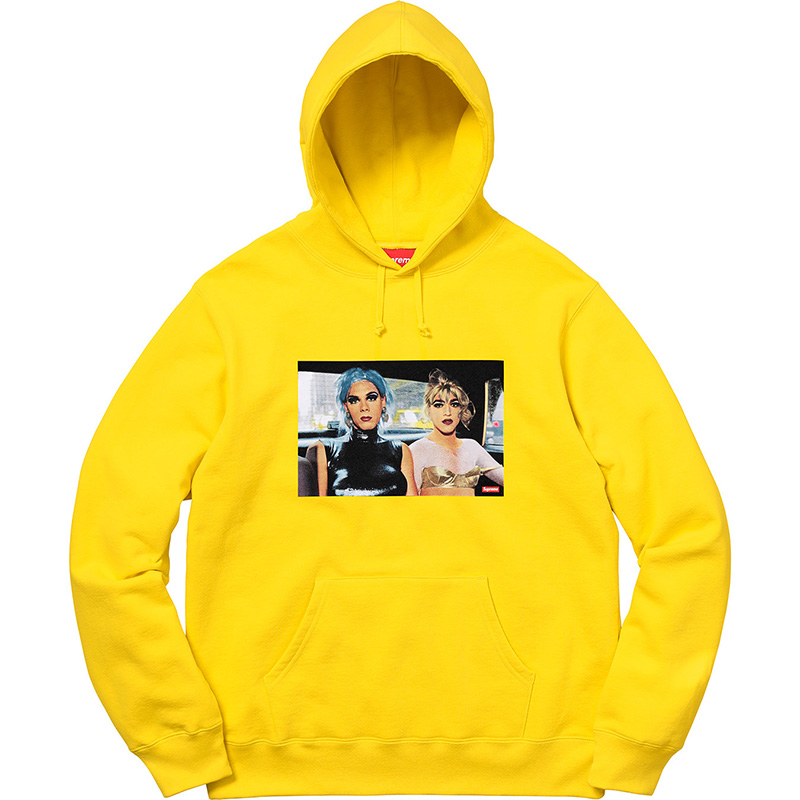

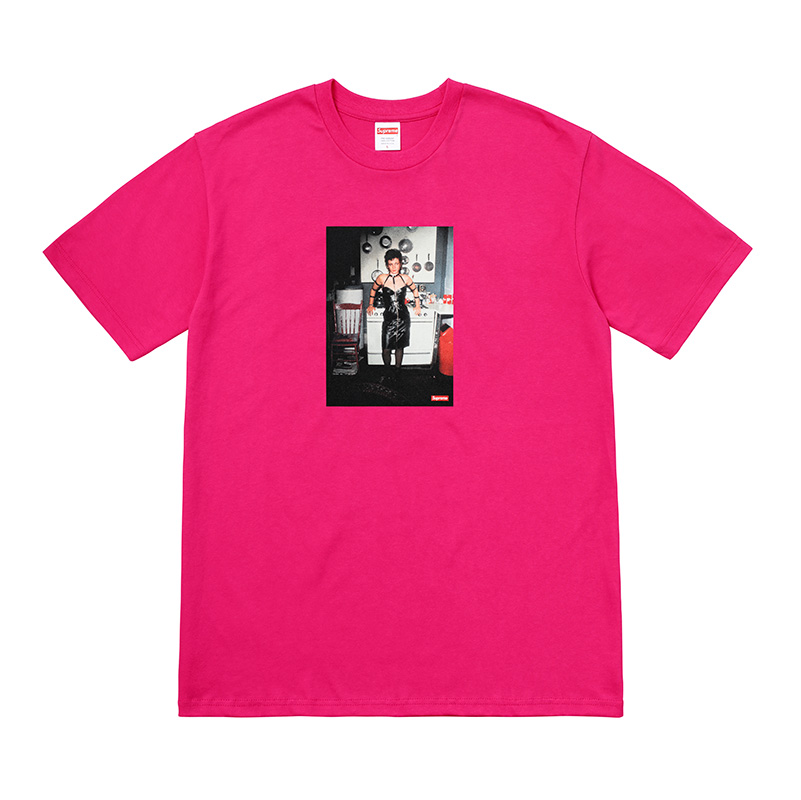
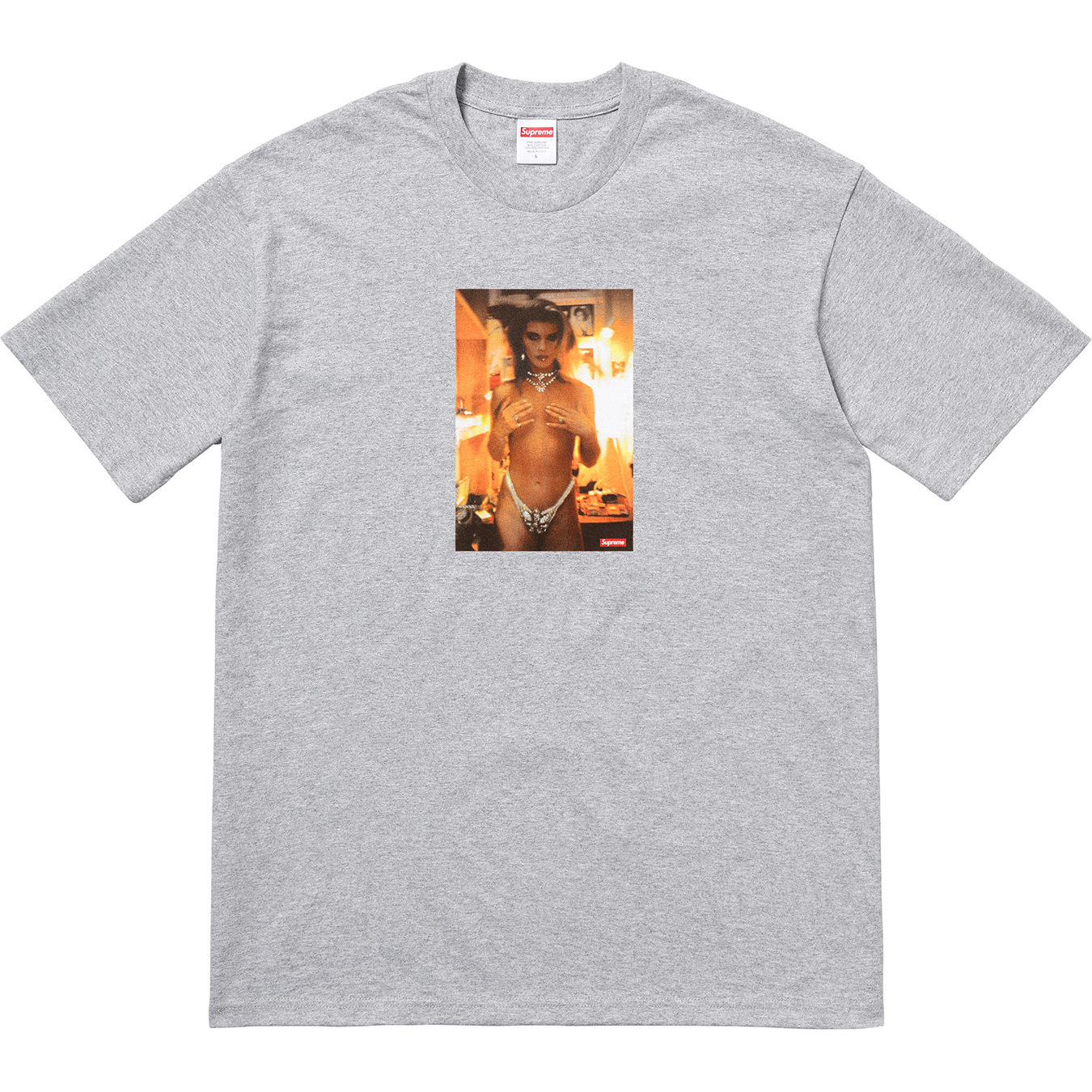
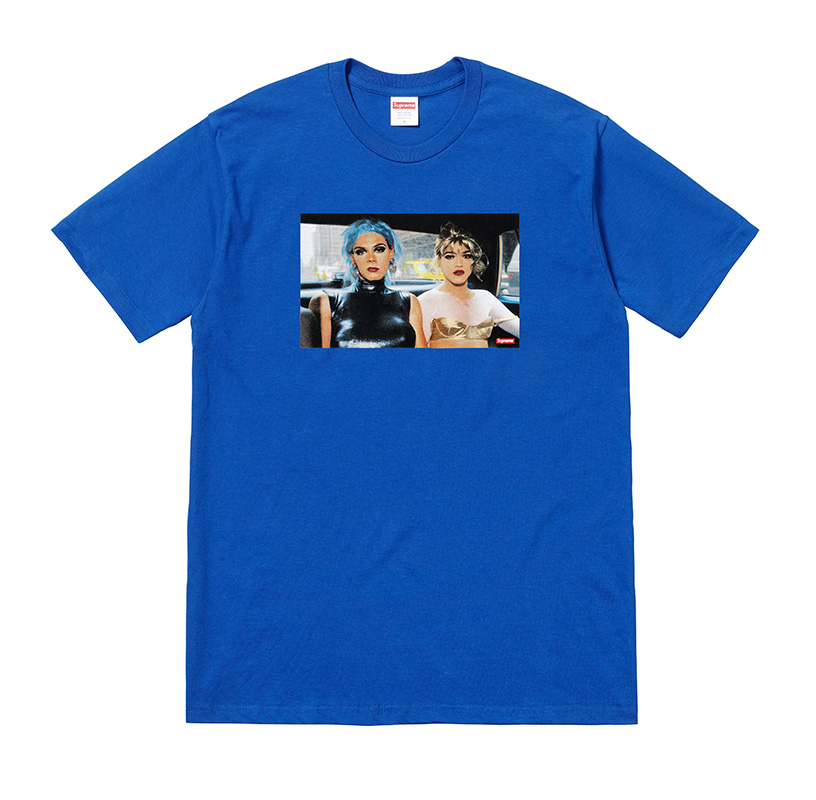
Images courtesy of Supreme
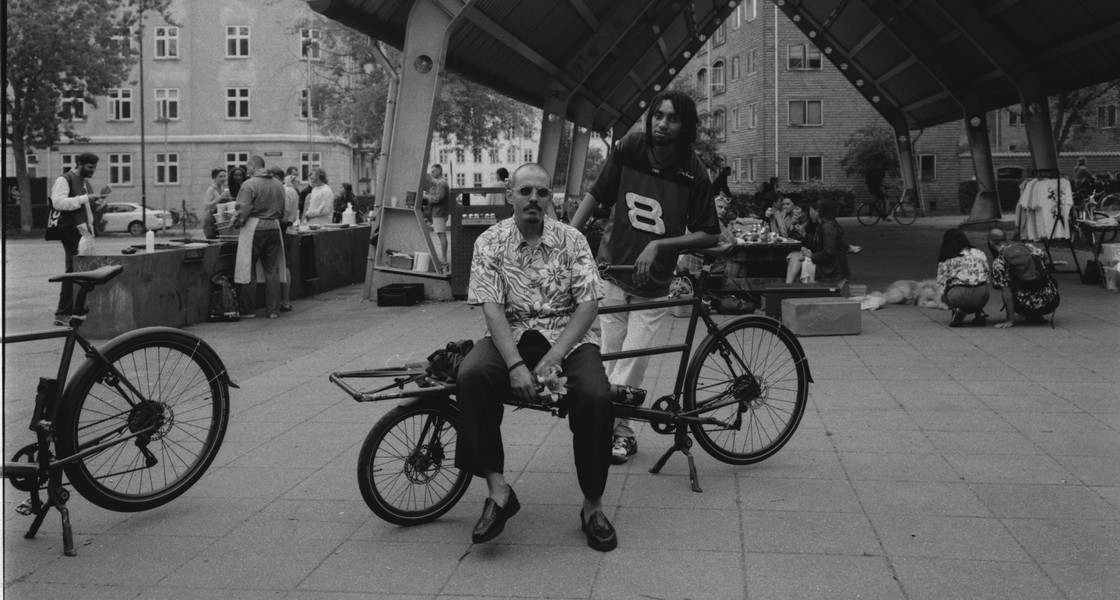
When you started Paradigm 12 years ago, where did you envision it going?
PARADIGM started with no particular vision, it was my escape from the corporate rat race I had found myself in. It started as a channel to question my life and the existential dilemma of that time. What began as a blogspot, then became an online magazine. I was unhappy with creating content for the internet, it felt so impermanent. And not that making books is any less temporary, given that only 4% of antiquity has survived but it felt necessary. I met Christopher van Auken who shared my deep love for printed matter. He designed the visual language of the brand, the logo and the physical aesthetic. He was a true journeyman who showed me how to navigate the operation manual for spaceship earth. North Philadelphia was the genesis to print the first book manifested through the Les Blank's film Burden of Dreams. An entire book could be written of the last decade and where PARADIGM ended up going ... from Volume I to Proof of Existence, it truly has been a journey with no destination.
You’ve lived and worked in both New York City and Copenhagen; what was it about the communities there that attracted you?
From my early years skateboarding in Ohio, to working at La Colombe in Philadelphia and traveling to the deep corners of the world, community was something that I saw truly bonded people. I also believe that sense is something inherent in my DNA. Creating community in New York City was natural. It is a city of micro-villages, neighborhoods, and street level functioning. A megalopolis where people need community to feel a sense of belonging. From our early events at DSM NY to the iconic Nice Size Sunday's party we were hosting downtown it was always about family and inclusivity. Copenhagen and more specifically Denmark is notoriously suspicious of outsiders and I am an outsiders, outsider. When I opened up my first olive oil showroom and café on Jægersborggade in Nørrebro I didn't try to fit into any boxes. Just community around the same values and style that I learned on the east coast.
In the 12 years of running Paradigm, what are you most proud of?
What makes me most proud is that Paradigm stayed true, it didn't sell out (excluding the Adidas collaboration because that corporation printed LIFE BEFORE). Quality remained the base line identity. We launched countless careers. We created a printed bloodline. First edition only monographs. A worldwide family of friends and collaborators. No regrets.
What drew you to throw this final goodbye party in Tokyo?
Tokyo and Osaka have been part of our brand's bloodline since meeting Koki Sato and Shimpei Nakagawa in 2017. Then Teruaki Niguchi and Yoshi Kodama pushed that connection further and we've been doing drops and releases here ever since. I am grateful for all the love we've received in Japan and it only seems fitting to say goodbye to the brand here in a country where quality reigns supreme.
What inspired your shift into the food industry and in starting Psyche Organic?
This could be a long winded answer but for the sake of brevity the shift wasn't inspiration, it was fate.
The beginning of 2020 was clear, like 20/20 vision. The path to next level success was right in front of Paradigm. Altar of the Cyclops, my first curated downtown show with underground legends BCWR and LDLR (Rest in Peace). FOR THE PORCH launching at DSM in March. RED launching at BEAMS in April. Then COVID. It was a scramble. I jumped ship and returned to AKRON where I knew I would find peace in the Cuyahoga Valley. Began working on SLOW COLLAPSE my third photo book co-photographed by Anthony Jamari Thomas, designed by Takeshi Matsumi and release by Nanamica, which will drop in March of 2024. When this process stopped and I realized that people weren't getting arrested for traveling during the lockdown I started thinking about my options.
I started Google(ing) people who were associated with the Japanese farmer Masanobu Fukuoka whose work I encountered planting trees in Ushuaia, Argentina while working on my second photo book NO DEJAR RASTRO. The first search query was Greek farmer Panayiotis Manikis who lived and worked with Fukuoka in Iyo, Ehime, Japan. I emailed Manikis to apprentice with him and learn the techniques of natural farming. He accepted my request and I bought a one way ticket to Greece. As is with all deep practitioners when you are thorough you meet other thoroughbreds. This was the case with farming, I met a master beekeeper at Maliveni who told me about a young farmer who was one of the best olive oil farmers in the Peloponnese. I sought him out and was blown away. I brought his olive oil back to Denmark and introduced it to my former partner, Michael Roloff and we set out to start Psyche Organic.
Quick rewind, when I was printing RED with Alex Olson in Germany I had begun manifesting the idea to start an olive oil company. The name PSYCHE came to me in a dream during that trip and the name stuck.
I was still living in NYC at that time when Michael and I began brainstorming the company. I would wake up when the city was still sleeping and sit out in front of Scarr's and work on the companies business plan basing it off Patagonia's founder Yvvone Chouinard's philosophy for his incredible company. That fall PARADIGM dropped the LIFE BEFORE collection at the METROGRAPH theatre on Ludlow then I left the country, moving to København, Danmark.
We launched PSYCHE ORGANIC, on March 18th, 2022. Months later we started PSYCHE CAFÉ, a few doors down from our initial flagship store. At PSYCHE, the olive trees we cultivate are inextricably linked to the history and culture of Greece itself, embracing its uniqueness that has richly shaped its agricultural history. Throughout our entire process, we prioritize and respect the environment, natural resources, the health of our consumers, and of course - the protection of the farmers themselves. Greek families caring for a few hectares of olive trees allow for both the owners and employees from the local community to reap the value of their work in a fair and public way. And keeping in mind the insurmountable problem of climate change and environmental pollution, we truly focus our efforts on organic growers becoming part of the solution, not part of the problem.
Do you think you will ever go back into the publishing industry in some aspect?
No plans of ever publishing under PARADIGM again. It is important to know when something has reached its end. I will still consult friends for the love and companies for the right price. I will still create art and publish my own bodies of work but it is time to close the PARADIGM chapter, no pun intended. Like that RATM lyric, "What better place than here? What better time than now?"
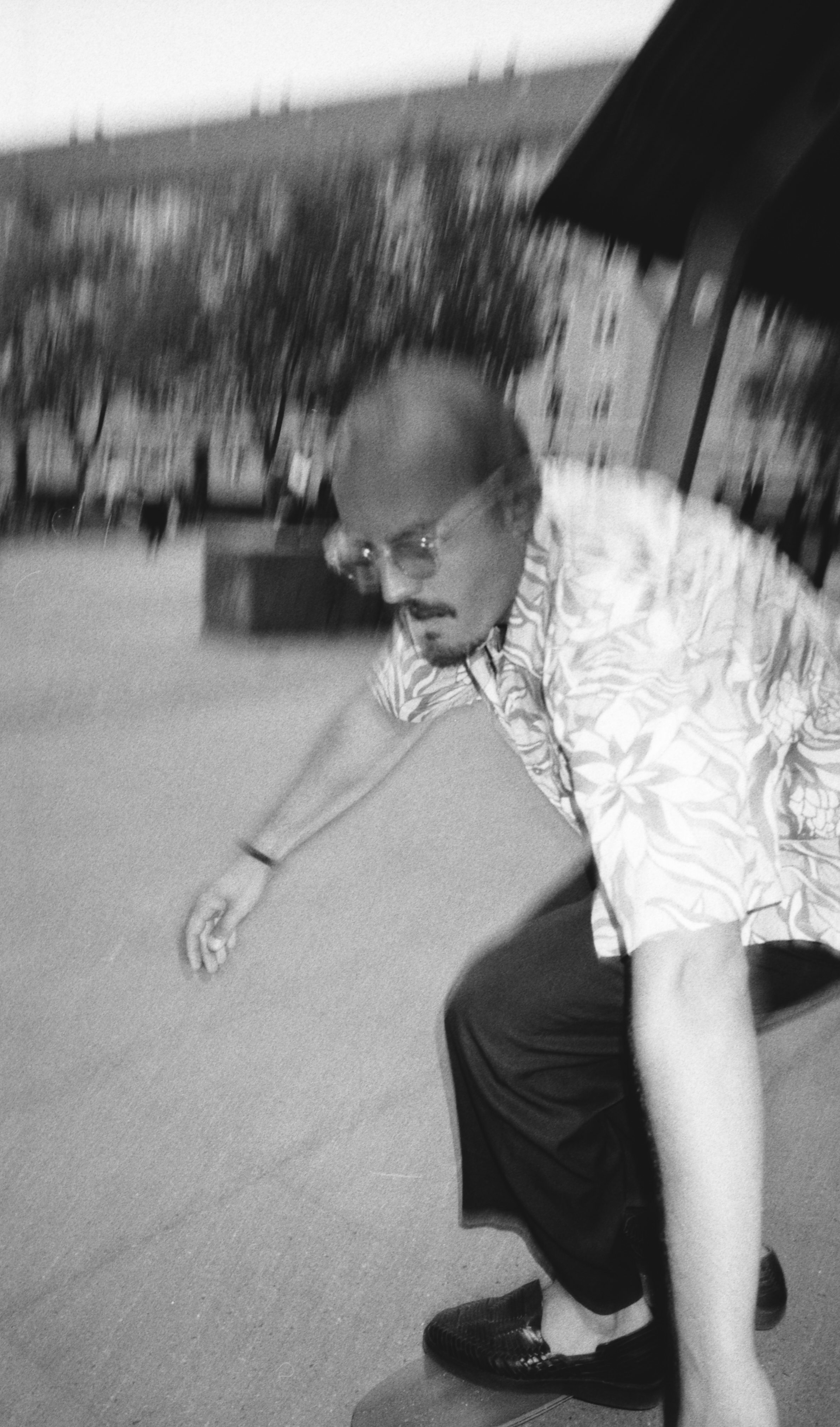
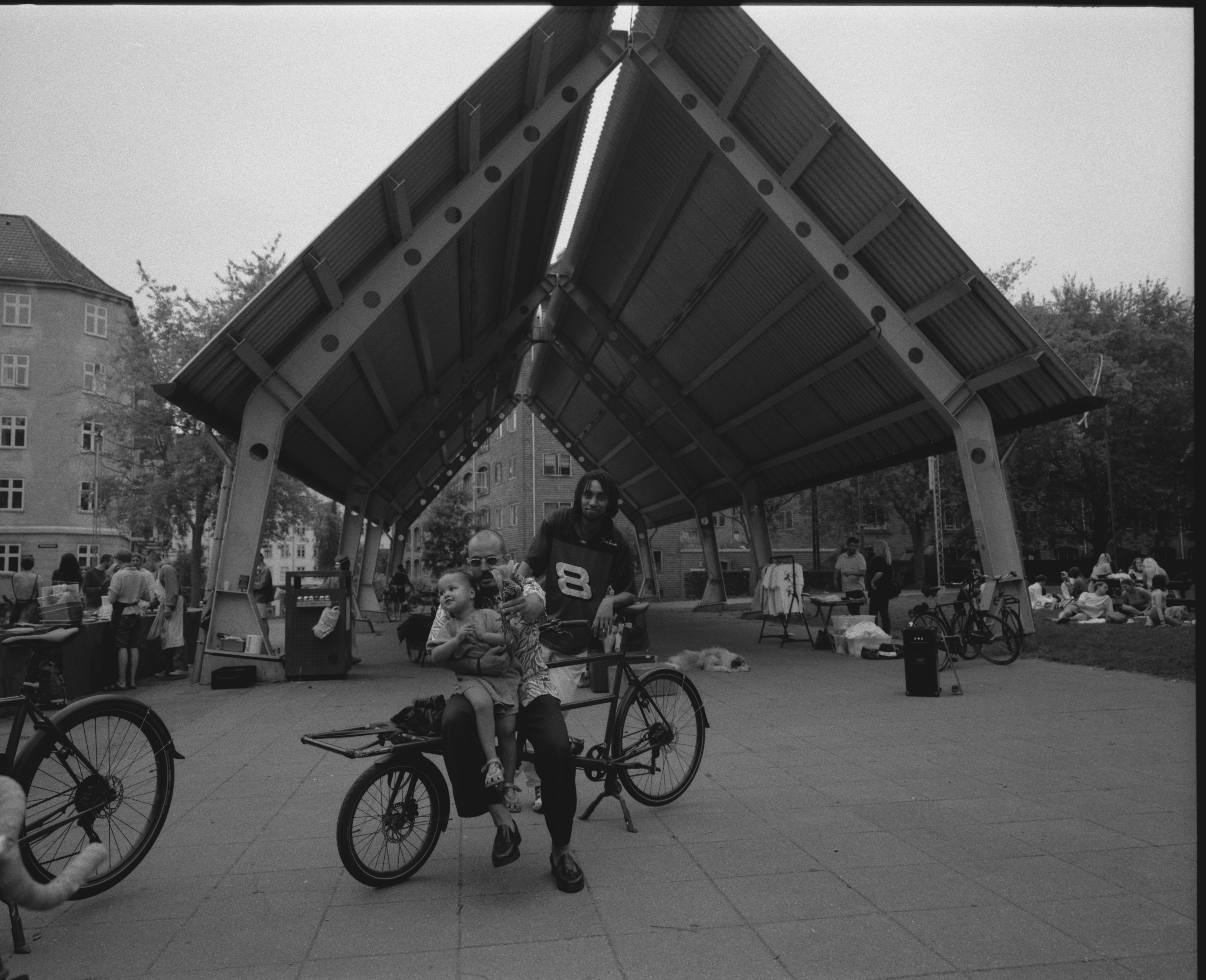
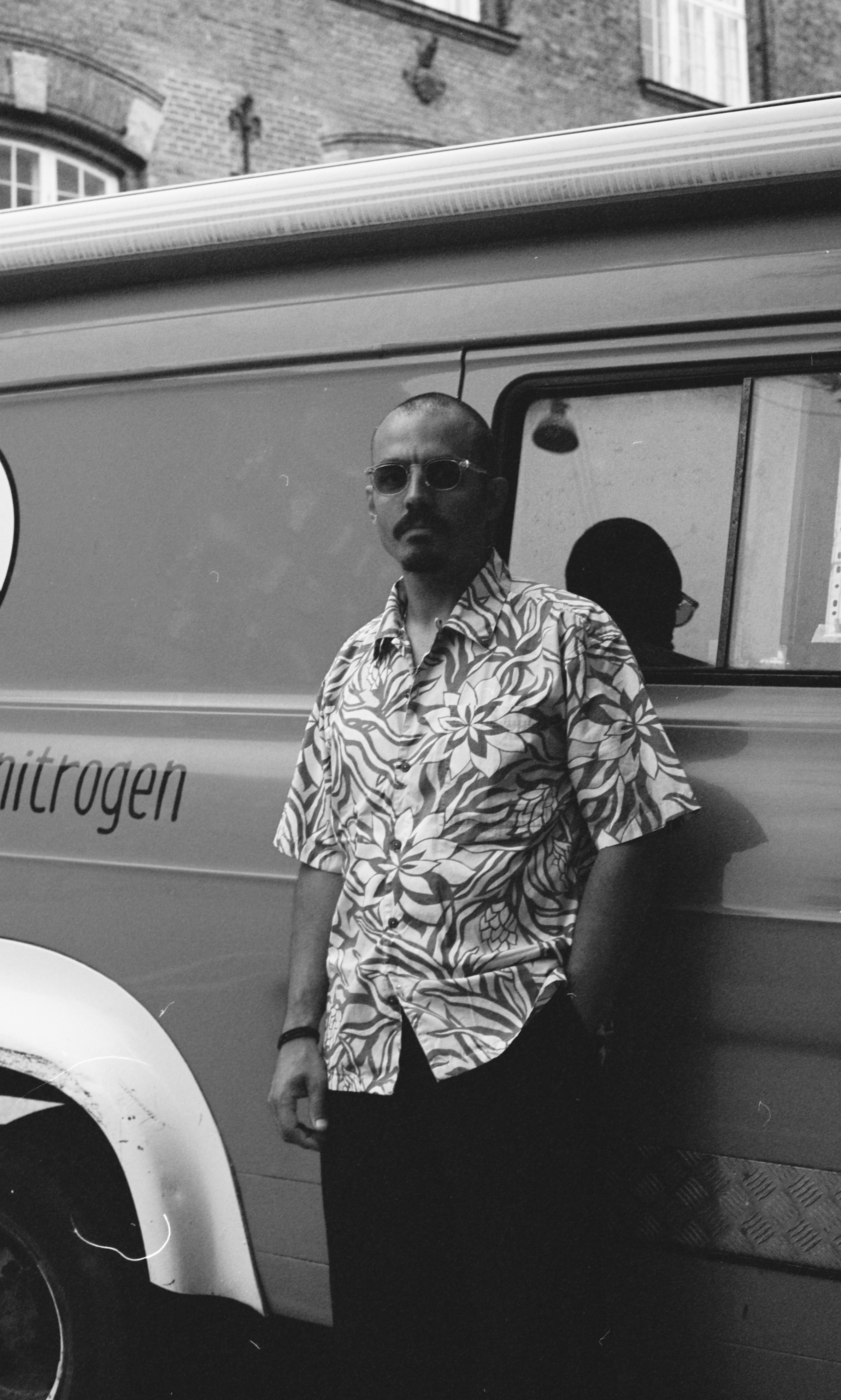
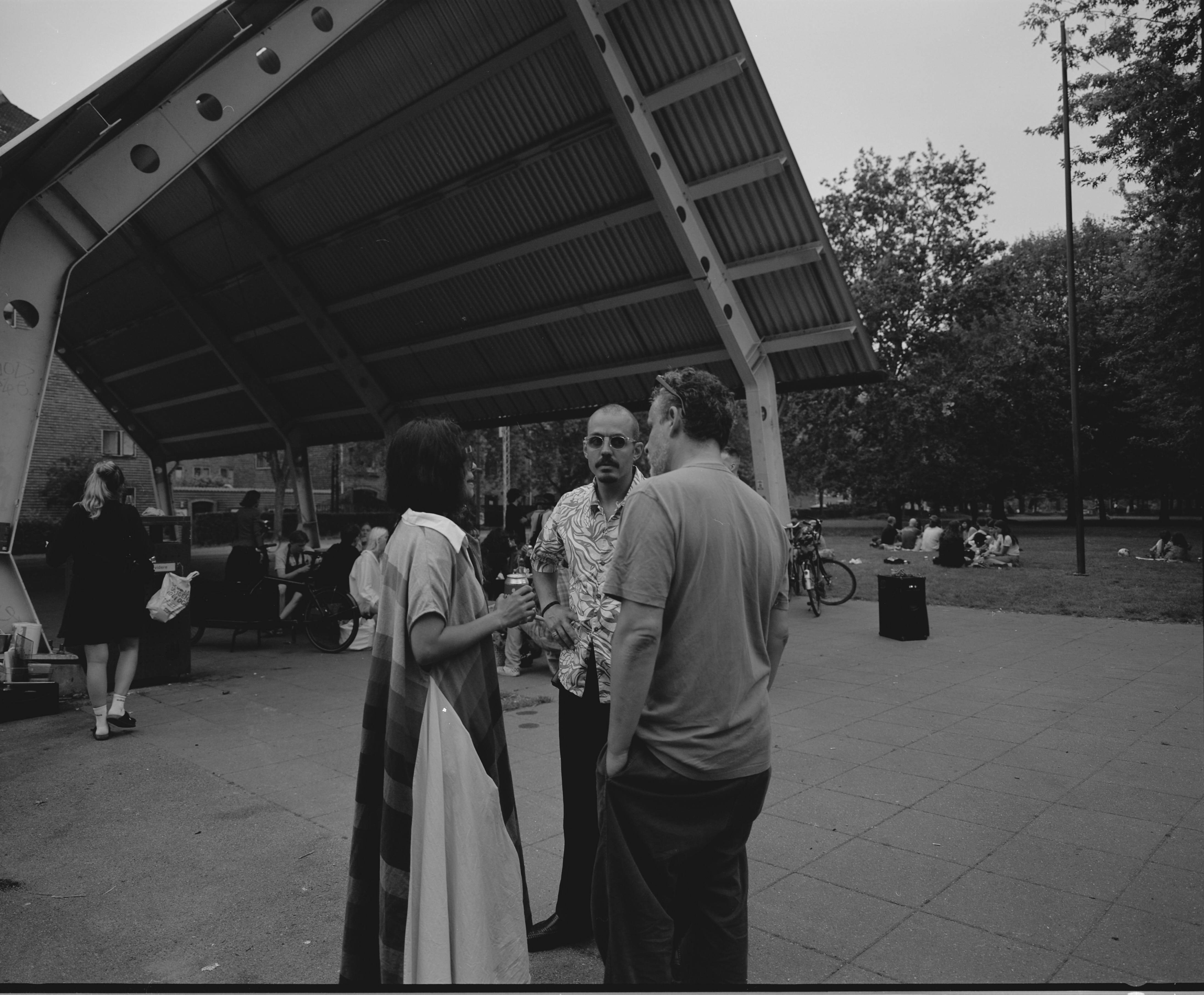
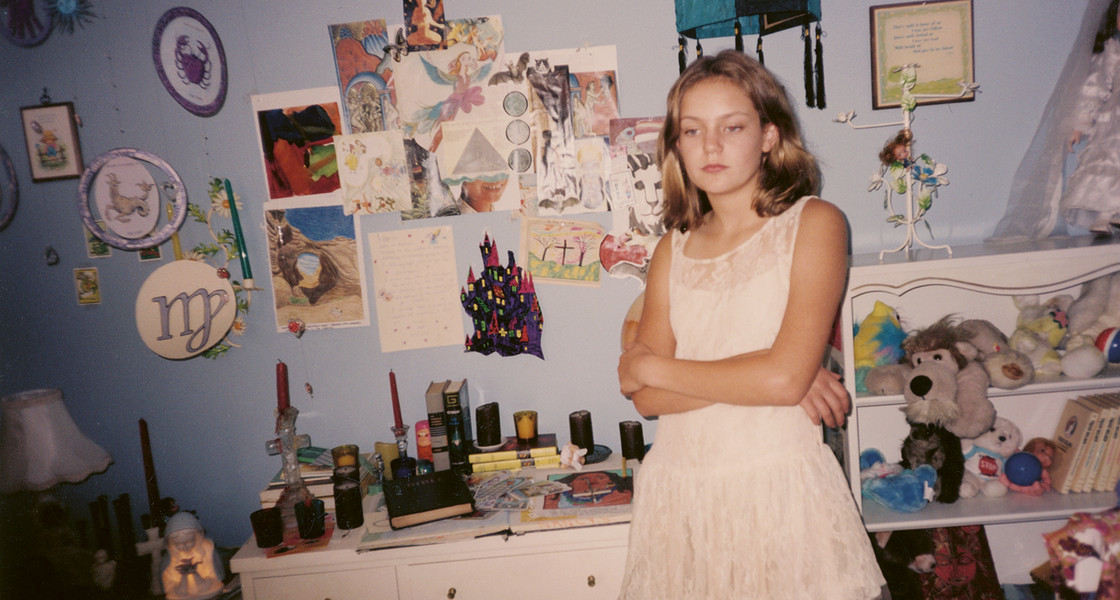
As a girlie who loves the vibes, this is all a very exciting proposition. At the same time, as we go deeper into the digital girlie wormhole the more meaningless it all becomes. These are, at a certain point, meaningless jumbles of words and images that different creators assure me are for the girlies and by the girlies, seemingly united only by the vague idea of the girls.
Sofia Coppola’s name is inescapable in these corners of the internet. It has become shorthand for the kind of lo-fi, hyper-femme aesthetic that was niche, and perhaps even unpopular, when The Virgin Suicides was first released in 2000. Now, Copppla’s golden conception of the American suburbs can be seen in everything from Instagram mood boards, to Lana Del Rey videos, to couture runways.
Indeed, it's possible to draw threads from almost any of her films to present-day trends in both fashion and film (The Bling Ring preempted 2000s nostalgia, Bridgerton might never have existed without a more deft counterpart in Marie Antoinette, the list goes on), so it’s unsurprising that her newly released art book has been so highly anticipated. Titled Sofia Coppola: Archive, the 488-page volume devotes a section to each of Coppola's films, including her upcoming Priscilla Presley biopic.
Coppola pens a short essay about each project, before presenting mood boards, annotated scripts, behind-the-scenes photographs (some taken by Corrine Day, some by her mother, and others by Sofia herself), emails, and letters (including one particularly prickly message from Jeffrey Eugenides about the script for The Virgin Suicides, for he later apologizes).

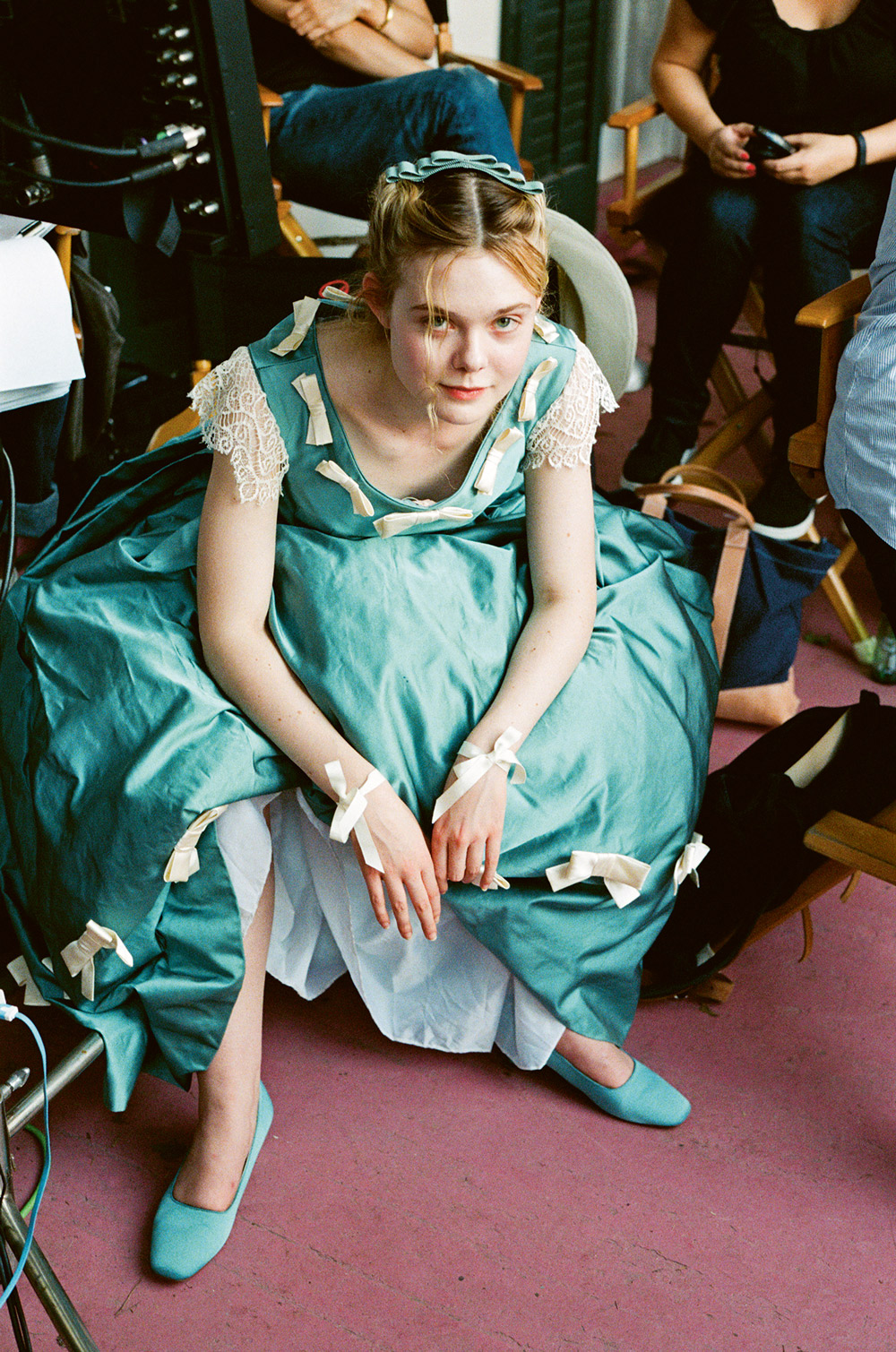


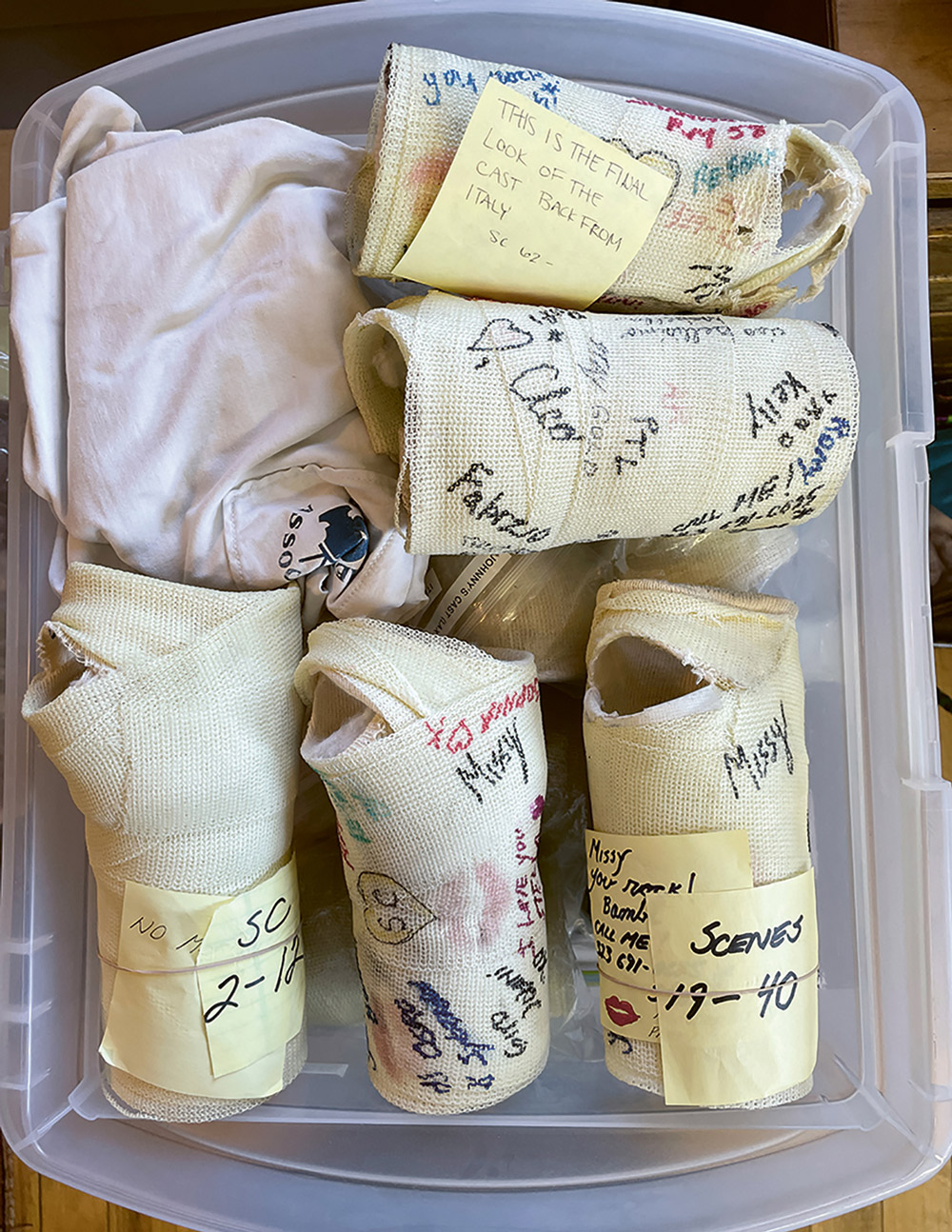
The book also includes a conversation between Coppola and Lynn Hirschberg, in which they discuss Coppola's career and influence. The result is a book that offers much more than mere nostalgia and fuel for future mood boards. In her conversation with Hirschberg, Coppola lays out what amounts to a thesis statement: "Across all my films, there is a common quality: there is always a world and there is always a girl trying to navigate it. That’s the story that will always intrigue me."
The book amounts to something similar; it is a visual bildungsroman, which transcends the world salad of “girlie culture” online.

The publication is a scrapbooked portrait of an artist constantly creating new visual languages, and gathering new perspectives. It reminds it's readers of the true strength of Coppola’s work which is to take seriously the lives of girls by, yes, making them beautiful but also by thinking about them rigorously.
One of the most revealing artifacts in the book is a letter Coppola wrote in 2001 to Lady Antonia Fraser. Fraser had written a biography of Marie Antoinette that was, in Coppola’s mind, the best and most empathetic portrait of the young queen. She wanted to secure the rights to the book and use it as the basis for her upcoming film. “I know I will be able to express how a girl experiences the grandeur of a palace, the clothes, parties, rivals, and ultimately having to grow up,” she wrote. “I can identify with her role of coming from a strong family and fighting for her own identity.”
The idea of fighting for one’s identity is a bold and surprising statement coming from someone so closely linked to softness and silence, but it is of course this tension between a fraught internal life and a pastel-hued exterior that makes girlhood so compelling in the first place.
The book is then, a portrait of an artist fighting both to see, and to be seen.